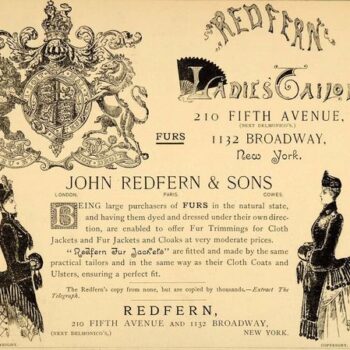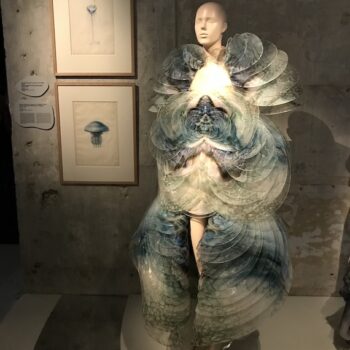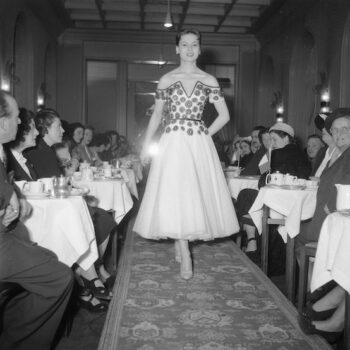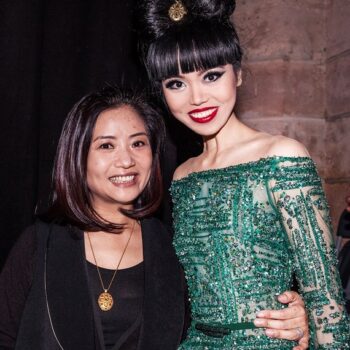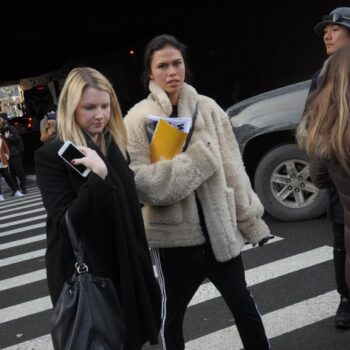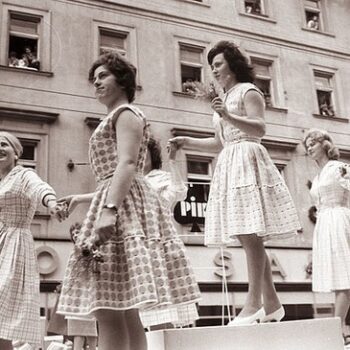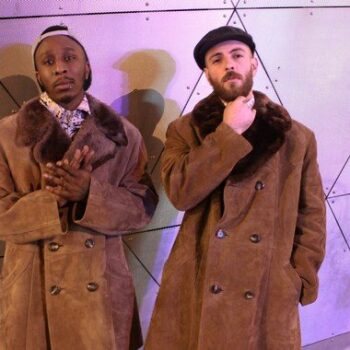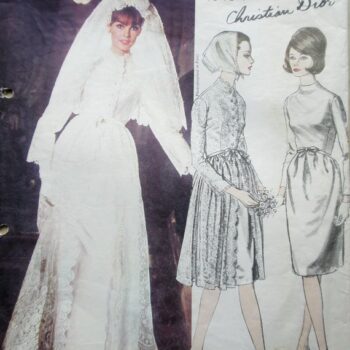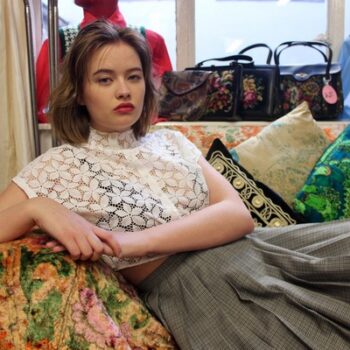Alexander McQueen – The Widow of Culloden – 2006
May 9, 2015There were 36 collections for women during McQueen’s lifetime and at least 11 for men. Starting with the imaginatively titled “Jack the Ripper Stalks his Victims” , Angels & Demons to Alexander McQueen – The Widow of Culloden, they were high on drama and a masterclass in fashion history, performance art on the cat-walk that took fashion to another level entirely. All of these colourful titles revolved around a theme, and all of them demonstrated McQueen’s genius as a fashion designer.
Alexander McQueen-The Widow of Culloden – 2006
Autumn/Winter 2006
Palais Omnisports de Paris-Bercy, Paris; 3 March 2006
Of all of these collections, rather than floundering through 3 or 4 of them, or foolishly trying to cover all his collections, this blog will focus on one. Alexander McQueen -The Widow of Culloden, and what a collection it is, for the stag headdress and lace gown from this show sticks in the mind long after it’s gone. A ghostly and ethereal Miss Havisham striding across the wooden floorboards graciously, cautiously with the hem trailing behind her and her ghostly face covered in a lace veil.
Alexander McQueen -The Widow of Culloden was dedicated to Isabella Blow with the models walking round what appeared to be a box on wooden floorboards with music ranging from The Piano (1993) to John Williams’ haunting melodies to Schindler’s List. It was well known that McQueen had Scottish ancestry, and this was demonstrated clearly with Scottish plaids and hints of Scottish gaming. The whole show had elements of wilderness, ferns, leaves, flowers and neutral shades of beige, off white and earthy browns.
Hats were dramatic and were composed of shiny black aeroplanes, birds, feathers, crystals and antlers, one of Philip Treacy and jeweller Shaun Lean’s creations comprised of blue speckled eggs with Swarovski crystals and mallards wings.
Alexander McQueen -The Widow of Culloden had been inspired by the Jacobite Risings that had led to the Battle of Culloden in the mid-18th century and was his memorial to the widows who’d lost their husbands in this bloody war.In fact this theatrical show revealed elements of other periods in history and felt like a masterclass in fashion over the ages, with Elizabethan, Jacobean, regency influences. There were even hints of 30s and 40s in there with brown jackets and skirts reminiscent of the Second World War and 30s opulence. If you knew nothing about history and nothing of fashion, you felt once you’d left, you knew an awful lot more than when you’d first walked in.
The emphasis was on nipped in waists and exaggerated hips finished off with large eccentric head pieces that were reminiscent of Isabella Blow’s love of millinery, with bird wings, feathers, planes and antlers adorning the models’ heads.There was plenty of tiers, layers and frills with fur, lace, gold lace and pre-Raphaelite hair. There was sense of familiarity about the looks, it was alien yet familiar, familiar yet very new.
The game keeping fell in time with the towering lace dowagers, while the Scottish plaid walked proudly behind the Jacobean necks and 18th century necklines. It paid homage to the past, yet welcomed the future.
In short, Alexander McQueen -The Widow of Culloden was breath-taking, a return to the catwalk in theatrical style. Alexander McQueen at his best. And at the end, Kate Moss came out of a box floating ethereally in the darkness in a blue gown. A befitting end to a magnificent collection.
That dress – now on display at the V&A
Hats and lace headresses
Birds, heath and lace…
Detail, texture, colour and cut
Exquisite head pieces that seemed to come alive
The unforgettable finale – a Kate Moss hologram



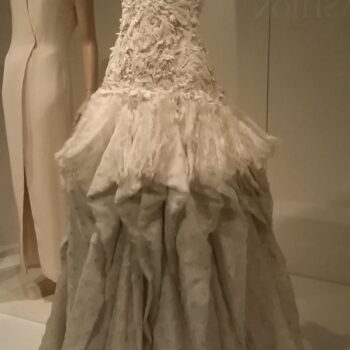

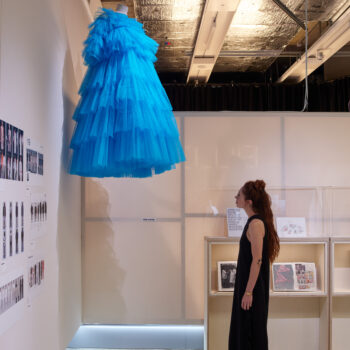
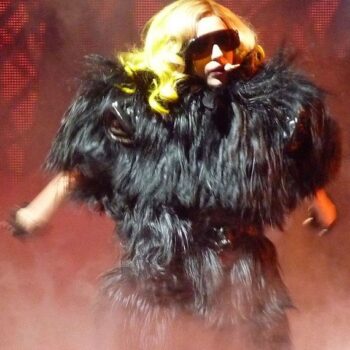

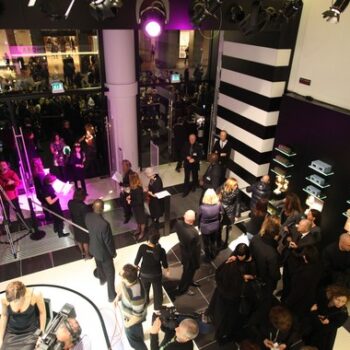

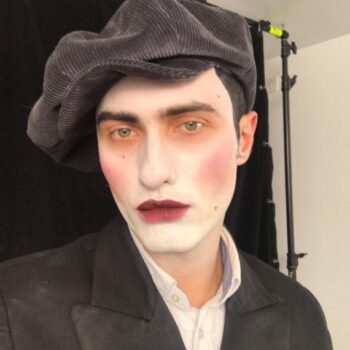
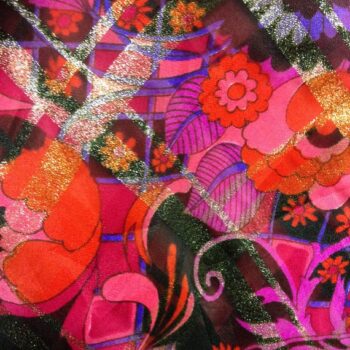
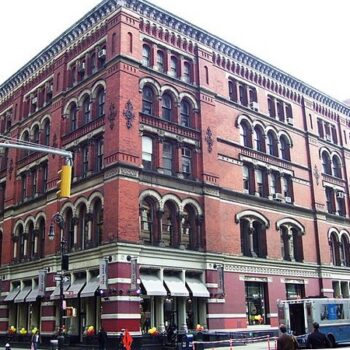
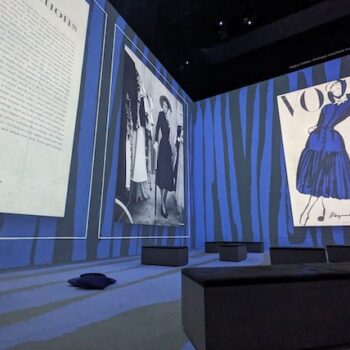
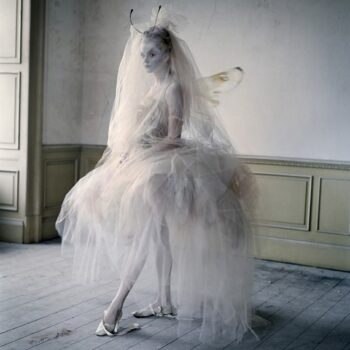
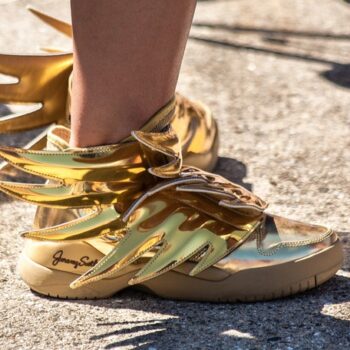
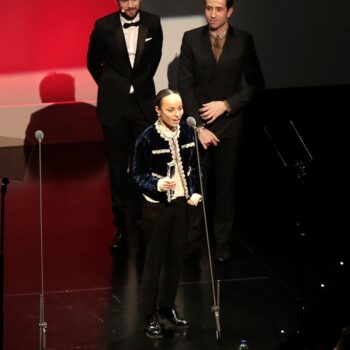
![LFWMAW18, By Philafrenzy (Own work) [CC BY-SA 4.0 (https://creativecommons.org/licenses/by-sa/4.0)], via Wikimedia Commons](https://www.blue17.co.uk/wp-content/uploads/2018/02/London_Fashion_Week_Mens_Strand_January_2017_02-350x350.jpg)
